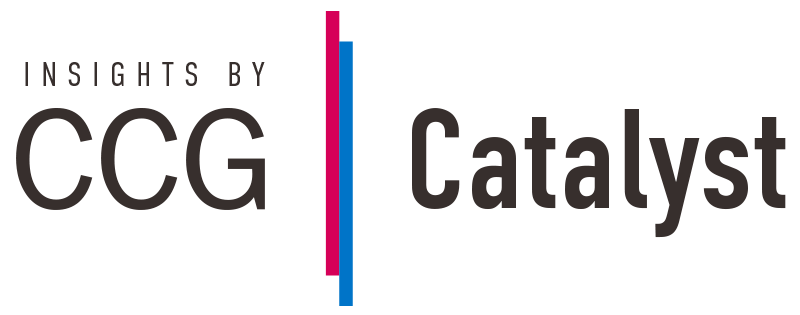Throw your old data analytics out the window
Banks dependent on attracting customers through demographic information are in for a wake-up call as new customer behaviors, fueled by a rising younger workforce, have quickly antiquated the traditional banking datasets.
Most banks have long viewed customer segmentation based on demographic characteristics such as age, race, gender, education level and location. But the migration of consumer banking activity to digital channels — and the vast volumes of data resulting from it — gives banks a crucial opportunity to do better.
Banks that adapt quickly are finding new ways to segment customers based on their habits, preferences and needs, particularly as the younger generation ages into their careers and acquires more wealth.
With machine learning models well suited to discover new patterns among mountains of data, banks can analyze customers’ historical activity to better understand what they want and need from their bank, rather than assumptions based on demographic profiles.
Additionally, the explosion in digital products and services that consumers use daily means banks can leverage a variety of third-party data sources to supplement their own data; and augment a better understanding of customers’ habits and preferences.
Such analysis can allow banks to segment customers in ways that yield deeper insights, leading to more effective marketing and customer service strategies. For instance, banks can segment customers based on factors like their financial savviness and digital maturity, which likely have greater influence on their financial decision making than gender or race.
Such behavioral factors can also be combined with demographic information for segmentation, as noted by BAI Research Group, which examined the general consumer population and segmented it according to five profiles based on their affinity to digital channels, use of various financial products, satisfaction with their current bank and demographic characteristics.
However, the growth of Generation Z in the workforce — a trend that is already well underway — will mean banks need to market more on behavioral profiles and rely less on demographic information.
Gen Z already has a significant presence in the workforcewith roughly the same percentage earning a paycheck now as millennials, who are about ten years older. By next year, Gen Z will make up 20% of the workforce; and an estimated 61 million of them will join the workforce in the coming years.
There are important factors about how Gen Z views the world, which will influence how banks can reach them. Gen Z is more socially aware than prior generations and resistant to traditional definitions of race and gender, making it difficult to apply such traditional demographic factors.
Keep reading on American Banker.
Subscribe to CCG Insights.








